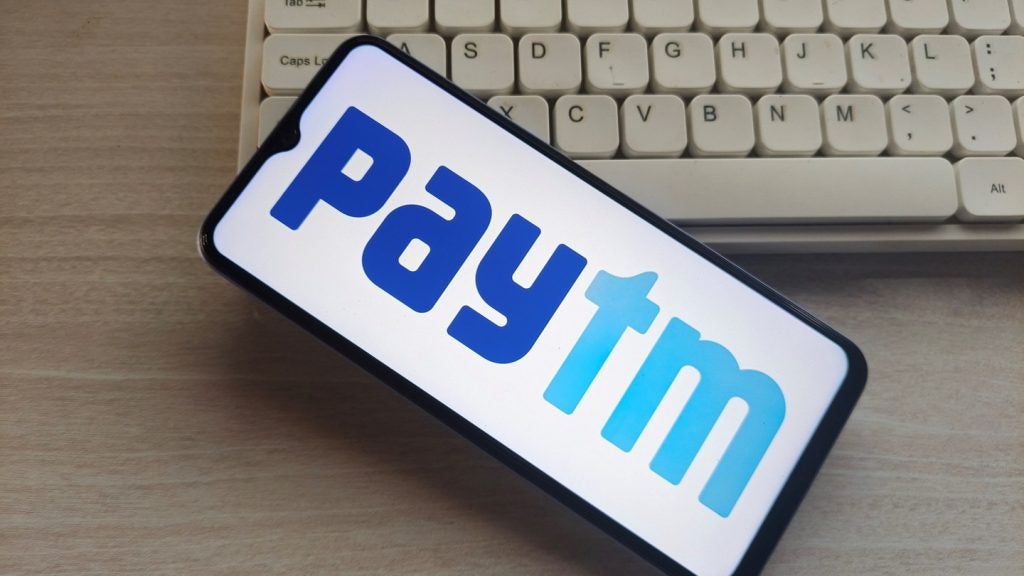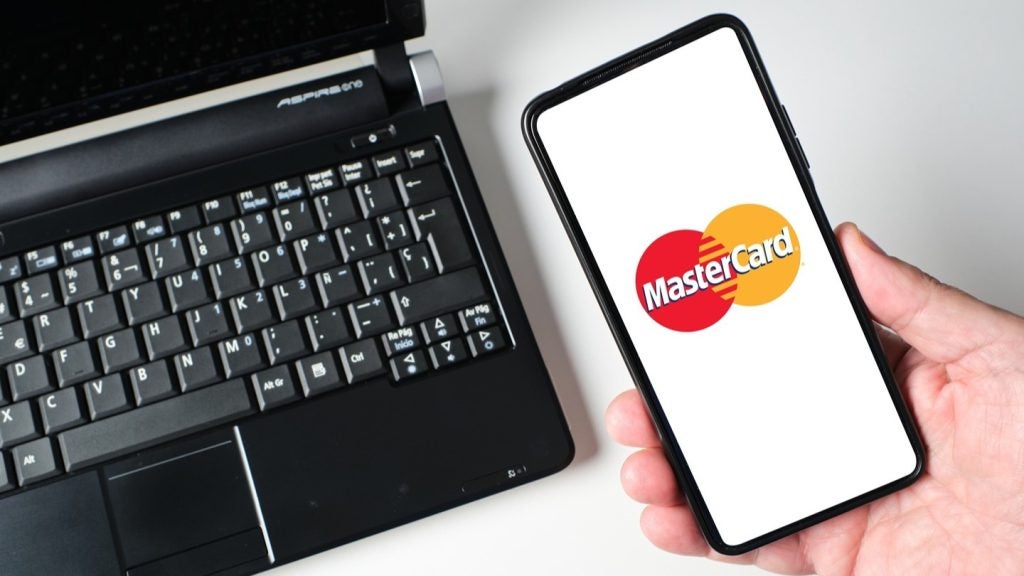remittances continues to garner much attention.
numerous surveys and research reports which have in some instances
yielded widely digressing views on the future of this potentially
revolutionary technology.
devices for banking and retail commerce have come thick and fast in
recent months. They range from highly optimistic to decidedly
cautious, an example of the latter coming from US technology
services company Unisys Corporation based on a survey it conducted
in 14 developed countries in March 2008.
Security Index study the survey of 13,296 consumers found that only
9 percent currently use mobile devices to conduct transactions
involving credit-card payments, money transfers and deposits.
However, the survey found a considerable variance in the use of
mobile phones for banking and shopping, with a low of 1 percent of
UK respondents to a high of 21 percent of German respondents.
mobile banking and shopping will in general be restrained with an
average of 71 percent of respondents saying they will not consider
using a mobile device for these functions. Respondents most
reluctant to use a mobile device to bank or shop online were those
in France (86 percent), the UK (79 percent), Australia (78
percent), Belgium and Italy (77 percent) and the US (71
percent).
Security concerns

Access deeper industry intelligence
Experience unmatched clarity with a single platform that combines unique data, AI, and human expertise.
Security concerns are a major factor in the lack of enthusiasm for
adoption of mobile payments and transactions. The Unisys study
found that on average 59 percent of respondents do not trust their
mobile devices to provide a secure transaction. Notable exceptions
are Malaysia and New Zealand where 51 percent and 55 percent of
respondents, respectively, trust their mobile devices to provide a
secure transaction.
vice-president of enterprise security Tim Kelleher said: “Despite
unprecedented growth in the number of cell phone users and the
advancement of mobile technologies, telecom providers, online
retailers, and financial institutions seem unable to convince
consumers worldwide that a secure platform exists for conducting
online mobile transactions. There is a great deal of money to be
made in mobile payments, but only when consumers believe that the
security of the transaction meets or exceeds the freedom of using
mobile devices.”
positive finding emerged from the survey: across the world,
consumers overwhelmingly favour banks to provide adequate security
for mobile transactions. Indeed, under 10 percent of survey
respondents trust a telecommunications provider or an online
retailer over a bank to provide a secure transaction.
example, Italian respondents are twice as likely (72 percent) to
trust a bank to secure an online transaction via a mobile device as
respondents in Malaysia (38 percent).
others to secure mobile transactions bodes well for the financial
services industry,” Kelleher said. “But banks must still find ways
to work alongside telecom providers and retailers to leverage their
innovation while educating consumers on the realities of mobile
banking and payment security. Collectively, they must prove that
conducting a financial transaction via a mobile device is as secure
as doing so on a desktop computer or in front of a bank teller at a
local branch.”
mobile banking and payments technology and services there is no
doubt that mobile phone services provide an extremely secure
platform.
secure method of interacting with a bank,” Hannes van Rensburg, CEO
of South African mobile technology developer Fundamo, told EPI in a
recent interview. However, he stressed that to achieve optimum
security a mobile banking system must be deployed correctly. This
would, as in Fundamo’s solution, include storing all customer
financial and personal data on a bank’s back office systems and not
on the phone. “The phone merely acts as an access key,” explained
van Rensburg.
responsible for mobile network operator industry body the GSM
Association’s (GSMA) Mobile Money Transfer (MMT) programme Gavin
Krugel commented: “Transacting via a mobile phone represents one of
the most secure technologies available.”
A growing market
Results being achieved by mobile banking services also suggest that
consumer fears regarding security may be being over emphasised. In
particular skeptics that view mobile banking as a technology with
limited appeal may well rethink their view following Bank of
America’s (BoA) announcement that the number of active users of its
mobile banking service now exceeds 1 million. More so given that
this landmark was achieved one year after the service’s launch in
May 2007.

US Tariffs are shifting - will you react or anticipate?
Don’t let policy changes catch you off guard. Stay proactive with real-time data and expert analysis.
By GlobalDatausage days,” said BoA’s e-commerce and ATM executive Lance
Drummond. Frequency of use is also increasing monthly, with over 4
million account sessions in May 2008 alone, he added. Almost all of
BoA’s mobile banking customers use the service to view account
balances, 80 percent review transactions while 40 percent use it to
transfer funds or pay bills.
customers are under 35 years old and 80 percent are under 45 years
old. BoA has also found that the fastest rate of adoption of its
national mobile banking service is in cities where mobile phone
usage is high. These cities include Atlanta, Boston, Dallas,
Houston, Los Angeles, Miami, New York, Phoenix and Washington
D.C.
made by US-based research and consultancy firm TowerGroup in
November 2007. According to TowerGroup mobile banking customers in
the US will reach 40.9 million by 2012, up from about 1 million in
2007. “Consumers view their phones as trusted devices, even more so
than their desktop PC. Mobile banking is finally poised to thrive,”
said TowerGroup’s chief analyst Bob Eagan in a release.
mobile banking studies have also put a different slant on the
technology’s future.
Looking to the future
Among optimistic forecasts is one based on a market study
undertaken by consultancy Edgar, Dunn & Co (EDC) study
undertaken in late-2007. EDC predicts that by 2012, 12 percent of
subscribers in developed markets and 9 percent in developing
markets will utilise mobile phones for domestic money
transfers.
2012 who will make at least one money transfer transaction on their
phones within their own countries,” said EDC.
developed markets anticipated by EDC to be users of mobile
financial services by 2012 is not in conflict with the findings of
Unisys’ survey. Specifically, while an average of 71 percent of
respondents in the 14 developed countries stated that they would
not use their mobile device for financial transactions, this
implies that almost 30 percent will.
that by 2015 there will be at least one billion mobile phones
functioning as mobile wallets. The EDC’s research was commissioned
by the GSMA and based on a survey of mobile network operators that
account for 26 percent of the world’s mobile subscriber base.
a report released in June 2008 UK-based Juniper Research forecast
that mobile phone users making use of their phones for financial
services will rise from 95 million in 2007 to 612 million by 2011.
This forecast 2011 total is more optimistic but not too dissimilar
to EDC’s anticipated 504 million by 2012.
will embrace mobile finance the most rapidly, with over 250 million
mobile phone users anticipated to be transacting via their phones
by 2011. In addition, Juniper forecasts that the number of
financial service transactions will rise from 2.7 billion in 2007
to 37 billion in 2011 while the value of transactions is forecast
to reach $587 billion in 2011.
services will, believes Juniper, be the rapid adoption by consumers
of new mobile finance facilities – particularly those currently
without access to any form of banking. Bespoke payment applications
for remittance purposes such as those being developed as part of
the GSMA’s MMT programme will also play an important role.
significant market for mobile financial services in developed
countries amongst the millions of mobile phone users aged between
13 and 18 who cannot access financial services due to their
age.
banking market was released in May 2008 by UK-based electronic
research specialist IMS Research.
have started to grow and now serious backing is being provided by
both the financial and operator communities,” said IMS’s research
director John Devlin. “Service growth to date is already strong and
taking off across a number of markets in Asia, the Middle East and
Africa. When coupled with the growing volume of rollouts and
service launches in Europe and the Americas, the number of new
users nearly tripled in 2007.”
mobile-based financial services users will reach 884 million and
total transaction volume 612 billion. These forecasts include all
mobile transactions including mobile banking and contactless
payments via near field communications-equipped phones.
A more pessimistic view
Probably the most pessimistic recent forecast of mobile banking has
come from US-based research firm Gartner in a study released in
April 2008. Gartner’s prediction is that total world users of
mobile payments will reach 103.9 million in 2011, a mere 17 percent
of the total forecast by Juniper in the same year.
of a total of 32.9 million worldwide users of mobile payments
services by the end of 2008, of which it believes 85 percent will
be in the Asia Pacific region. Western Europe is expected to have
499,000 users, and North America 1 million users, the latter figure
already equaled by BoA.
way short of Juniper’s estimate of 95 million total users in 2007.
In addition Gartner’s estimate for Western European mobile banking
users differs considerably with that of research consultancy Celent
that found in Germany, for example, 4 percent of the adult
population used mobile phones for banking in 2007.
of 70.5 million, this indicates total mobile banking users of about
2.8 million. Gartner’s forecast also implies that there will be
about 3.4 million users in all other regions – primarily Africa and
Latin America – by the end of 2008. Again this appears at odds with
levels reached in 2007.
million mobile banking customers in late-2007, according to van
Rensburg. In Kenya M-PESA, a mobile banking service developed by UK
mobile communications company VodaFone, reached the million user
mark at the end of 2007 and exceeded 1.7 million users in
early-2008 – a total that has since risen to over 2 million.
use is sparse, according to Spanish wireless software vendor Latina
38 percent of Latin America’s top-100 banks offered mobile banking
in 2007. One of Brazil’s largest banks, Banco do Brasil, had almost
half a million mobile banking users in mid-2007 and had expected to
cross the 1 million user mark by year-end.
uptake will be over the next five years or so the weight of
evidence based on most recent studies tends to support what US
technology research and consultancy firm Yankee Group predicts will
be an “explosive growth” phase in mobile banking starting in 2009
and that “global mainstream consumer adoption will take off by
2012.” Underlying Yankee Group’s outlook is what it termed the
“unique nature and massive scale of the mobile industry” that has
resulted in “a dramatic and unprecedented transformation in
personal communications.”
phenomenon of m-transactions in more innovative markets,” there is
“compelling evidence that the mobile phone will soon facilitate a
dynamic transformation of personal finances,” stressed Yankee
Group.






